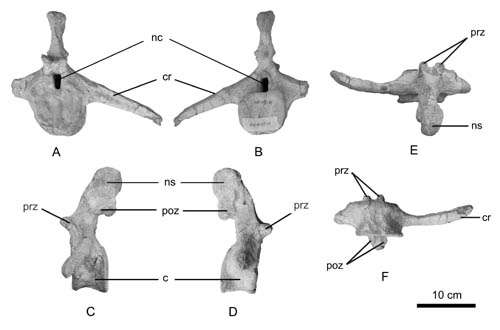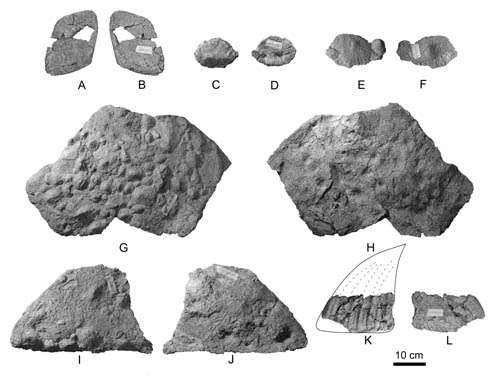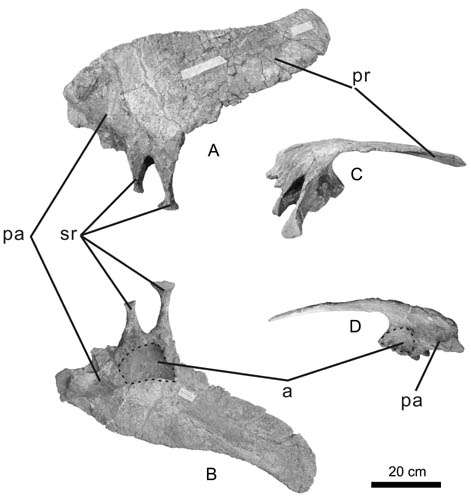Fig.1 Proximo-middle caudal of Taohelong jinchengensis gen. et sp. nov. A, proximal view; B, distal view; C, left side view; D, right side view; E, dorsal. Credit: YANG Jing-Tao
In a study published in the latest issue of Vertebrata PalAsiatica 51(4), Dr. YOU Hai-Lu, Institute of Vertebrate Paleontology and Paleoanthropology (IVPP), Chinese Academy of Sciences, and his collaborators from China University of Geosciences (Beijing), Gansu Geological Museum in Lanzhou, and Administration of Liujiaxia Dinosaur National Geopark in Yongjing of Gansu, described a new dinosaur, Taohelong jinchengensis gen. et sp. nov., based on material from the Lower Cretaceous Hekou Group in Lanzhou-Minhe Basin, north-central China. Taohelong represents the first occurrence of polacanthine in Asia, and provides new data for studying the evolution and biogeography of polacanthine.
The new specimens include a proximo-middle caudal vertebra, three dorsal ribs, an almost complete left ilium, and several armors including a partial sacral shield. Taohelong jinchengensis possesses three distinctive anatomical features: neural canal of proximo-middle caudal inverted trapezium, lateral edge of preacetabular process inverted "S"-shaped in dorsal view, and sacral shield composed of various-sized and irregularly-arranged osteoderms.
Fig.3 Armors and sacral shield of Taohelong jinchengensis gen. et sp. nov. Credit: YANG Jing-Tao
Cladistic analysis shows that Taohelong is a member of polacanthine nodosaurid ankylosaur, and is the sister taxon of Polacanthus foxii from the Early Cretaceous Barremian of England. Polacanthinae is here defined as the most inclusive clade containing Polacanthus foxii Owen, 1865 but not Ankylosaurus magniventris Brown, 1908 or Panoplosaurus mirus Lambe, 1919. Taohelong represents the first occurrence of polacanthine in Asia, and indicates again the existence of a rich and unique dinosaur assemblage in the Lower Cretaceous Hekou Group in the Lanzhou-Minhe Basin.
Fig.2 Left ilium of Taohelong jinchengensis gen. et sp. nov. A, dorsal view; B, ventral view; C, anterior view; D, posterior view. Credit: YANG Jing-Tao)
More information: Read the paper: www.ivpp.cas.cn/cbw/gjzdwxb/xb … 1205318740255664.pdf
Journal information: Vertebrata PalAsiatica
Provided by Chinese Academy of Sciences


























